 Shenandoah Crew
Shenandoah Crew
Time Period: Early Twentieth Century (1901 - 1940)
 Shenandoah Crew
Shenandoah Crew
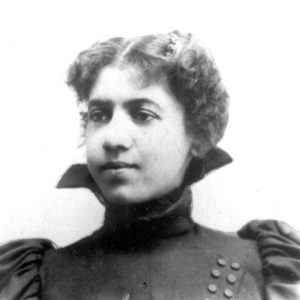 Carrie Shepperson
Carrie Shepperson
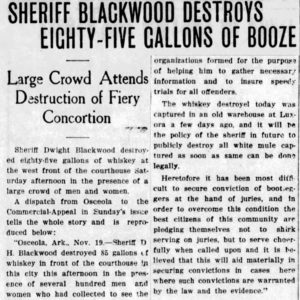 Sheriff Destroys Booze
Sheriff Destroys Booze
Sherrill, William LeVan
Shiloh Missionary Baptist Church
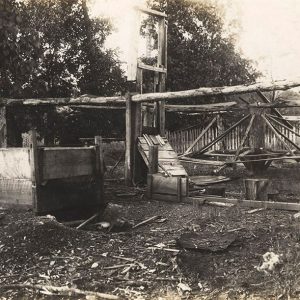 Shingle Mill
Shingle Mill
 Shirley Depot
Shirley Depot
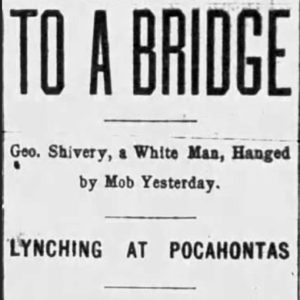 Shivery Lynching Editorial
Shivery Lynching Editorial
Shivery, George (Lynching of)
 Shoeing Mules
Shoeing Mules
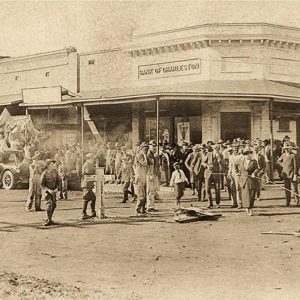 "Shooting the Anvils" at Charleston
"Shooting the Anvils" at Charleston
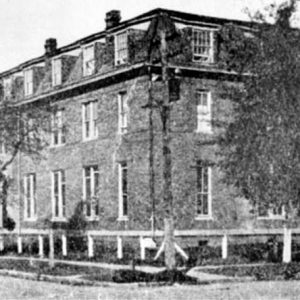 Shorter College
Shorter College
 Shorter College Construction
Shorter College Construction
 Shotgun Tenant House
Shotgun Tenant House
Shrader, Gustave Joseph
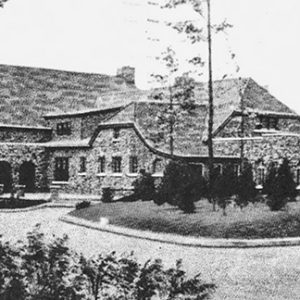 Shrine Country Club
Shrine Country Club
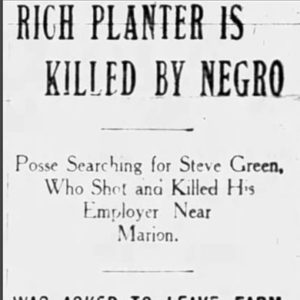 William Sidle Killing Article
William Sidle Killing Article
Sigler (Lynching of)
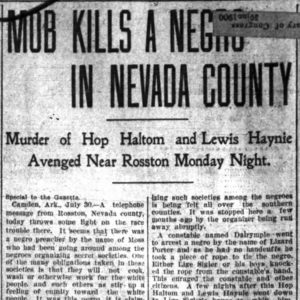 Sigler Lynching Article
Sigler Lynching Article
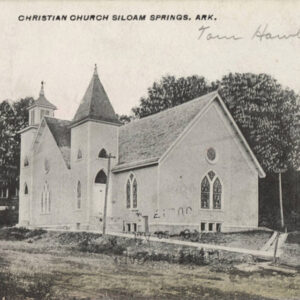 Siloam Springs Church
Siloam Springs Church
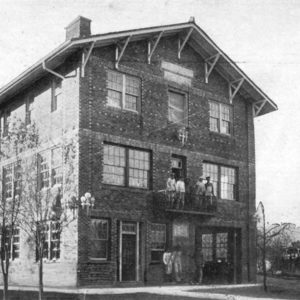 Siloam Springs City Hall
Siloam Springs City Hall
 Siloam Springs Post Office Art
Siloam Springs Post Office Art
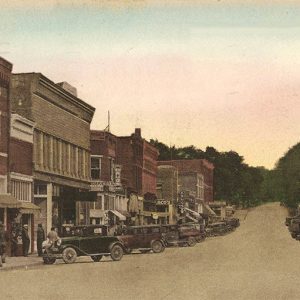 Siloam Springs Street Scene
Siloam Springs Street Scene
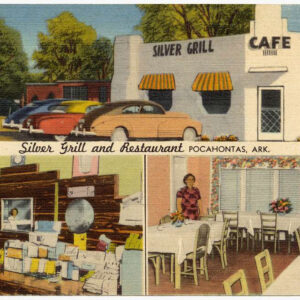 Silver Grill
Silver Grill
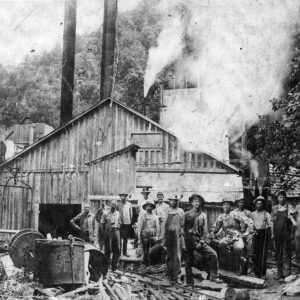 Silver Hollow Mine
Silver Hollow Mine
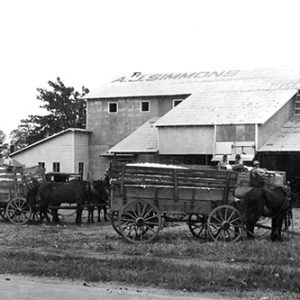 Simmons Cotton Gin
Simmons Cotton Gin
 Lee Simms
Lee Simms
Simms, Lee (Trial and Execution of)
 Lee Simms Article
Lee Simms Article
 Charlie May Simon
Charlie May Simon
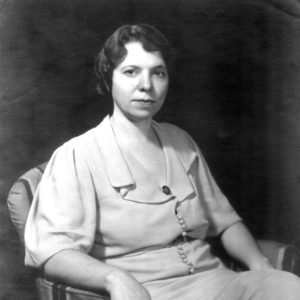 Charlie May Simon
Charlie May Simon
Simon, Charlie May
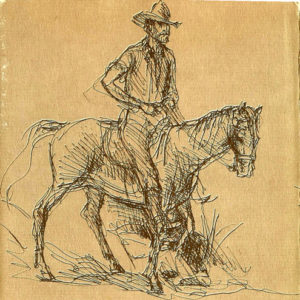 Howard Simon Self-Portrait
Howard Simon Self-Portrait
 Howard Simon
Howard Simon
Simon, Howard Jacob
 Charlie May and Howard Simon
Charlie May and Howard Simon
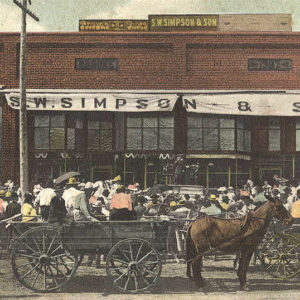 Simpson & Sons
Simpson & Sons
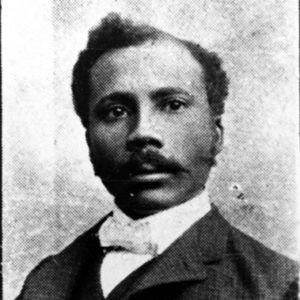 William Singfield
William Singfield
 The Singing Marine Sheet Music Featuring Dick Powell
The Singing Marine Sheet Music Featuring Dick Powell
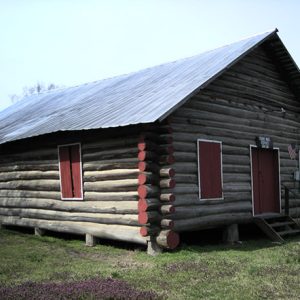 Sink-Crumb Post 72 American Legion Hut
Sink-Crumb Post 72 American Legion Hut
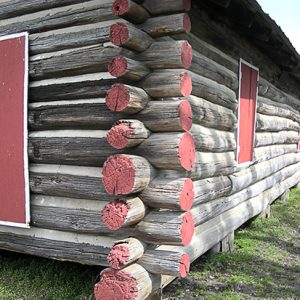 Sink-Crumb Post 72 American Legion Hut
Sink-Crumb Post 72 American Legion Hut
Sink-Crumb Post 72 American Legion Hut
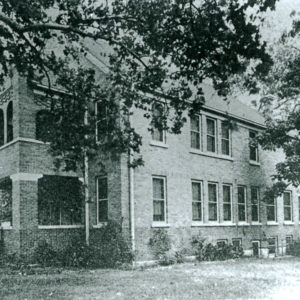 Sisters' School
Sisters' School
 Skyland Baptist Church
Skyland Baptist Church
Slater, Philip (Lynching of)
 Slater Lynching Article
Slater Lynching Article
Slaughter, Tom
 Tom Slaughter
Tom Slaughter
 Tom Slaughter Death Article
Tom Slaughter Death Article
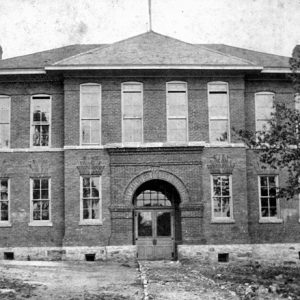 Sloan-Hendrix Academy
Sloan-Hendrix Academy




